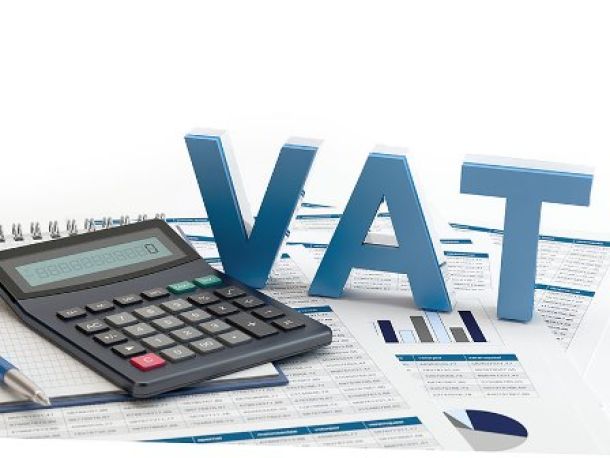South Africa avoids recession in a big way
South Africa has missed falling into a technical recession in a big way, with the GDP data for the second quarter of 2016 showing growth of 3.3%.
This follows a dismal first quarter, where the economy declined by 1.2%. This marks the fastest pace of growth for South Africa since 2014, according to Bloomberg data.
The rand strengthened against the major currencies – firming 1.15% against the dollar to R14.21. It was also 1.0% firmer against both the euro and British pound, at R15.86 and R18.91 respectively.
The largest positive contributor to growth in GDP in the second quarter was manufacturing, which increased by 8.1% and contributed 1.0 percentage point to GDP
growth.
Mining and quarrying recovered in the second quarter, increasing by 11.8% and contributing 0.8 of a percentage point to GDP growth.
Finance, real estate and business services increased by 2.9% and contributed 0,6 of a percentage point to GDP growth.
Only two industries contracted in the second quarter, namely agriculture, forestry and fishing; and electricity, gas and water.
Another turning point for SA was in exports and imports, Stats SA said.
In the second quarter net exports of R5 billion were reported. Exports of goods and services increased by 18.1%. Exports of precious metals and transport equipment were
largely responsible for the increase.
Imports of goods and services decreased by 5.1%. Imports of machinery and electrical equipment were largely responsible for the decrease
Where to next?
Economists were split on the data ahead of the announcement, with predictions varying between 2.5%-plus, to even some expecting a slip into a technical recession.
A technical recession is defined by two successive quarters of decline. A number of African nations have suffered this fate in 2016, the most prominent of which is Nigeria, which saw its GDP take a massive hit due to declining oil prices.
Despite the apparent ‘victory’ for South Africa’s economy, the second half of the year remains clouded, with little anticipation for major economic growth.
For Q2 and Q3 of 2016, South Africa still has to face a number of economic hurdles amid political instability and uncertainty around criminal charges against finance minister Pravin Gordhan.
According to financial research group, Nomura, the country’s current path is leading to an all but guaranteed ratings downgrade to junk status in December, and faces a number of potential political shocks along the way – including a possible Cabinet reshuffle.
Ratings agencies’ faith in South Africa will be boosted by the GDP data, however they are keeping a close eye on the political situation in the country.
In June, agencies gave South Africa the benefit of the doubt in affirming its current rating, but this was based on the trust that government would clamp down on its fiscal consolidation, and move to a more stable environment. However, the opposite has happened.
Nomura’s view is that should South Africa get pushed over the proverbial cliff by Gordhan’s arrest or removal from Treasury, an economic recession will be back on the cards.
News Category
- International retailers
- On the move
- Awards and achievements
- Legislation
- Wine and liquor
- Africa
- Going green
- Supplier news
- Research tools
- Retailer trading results
- Supply chain
- Innovation and technology
- Economic factors
- Crime and security
- Store Openings
- Marketing and Promotions
- Social Responsibility
- Brand Press Office
Related Articles

Empowering South African households through gro...

SPAR shares practical tips to beat food inflation

South African motorists could be paying up to R...

Big VAT changes on the cards




